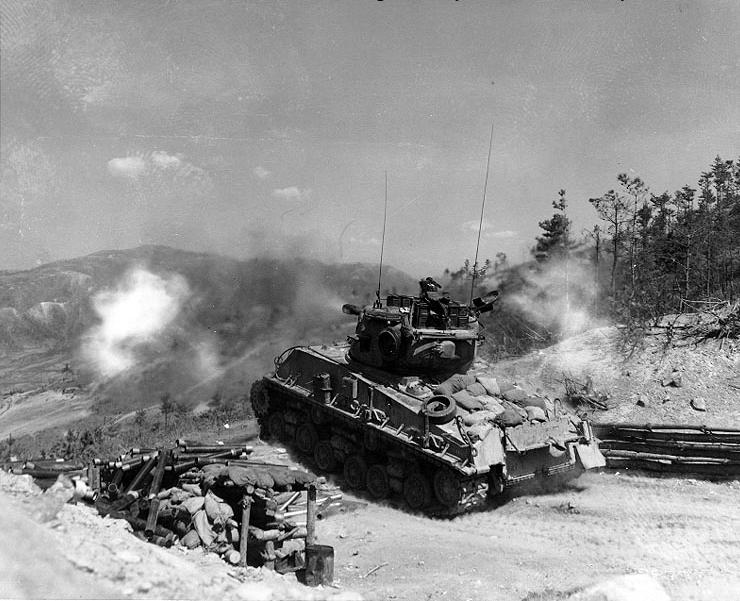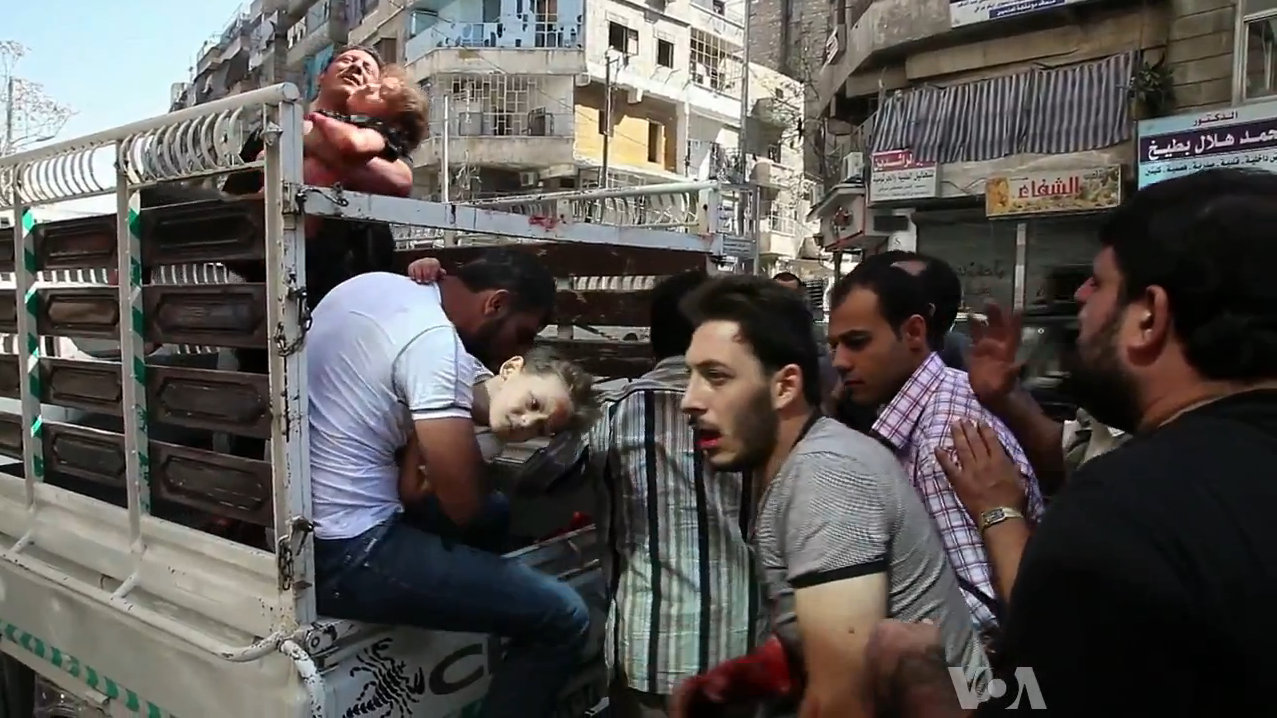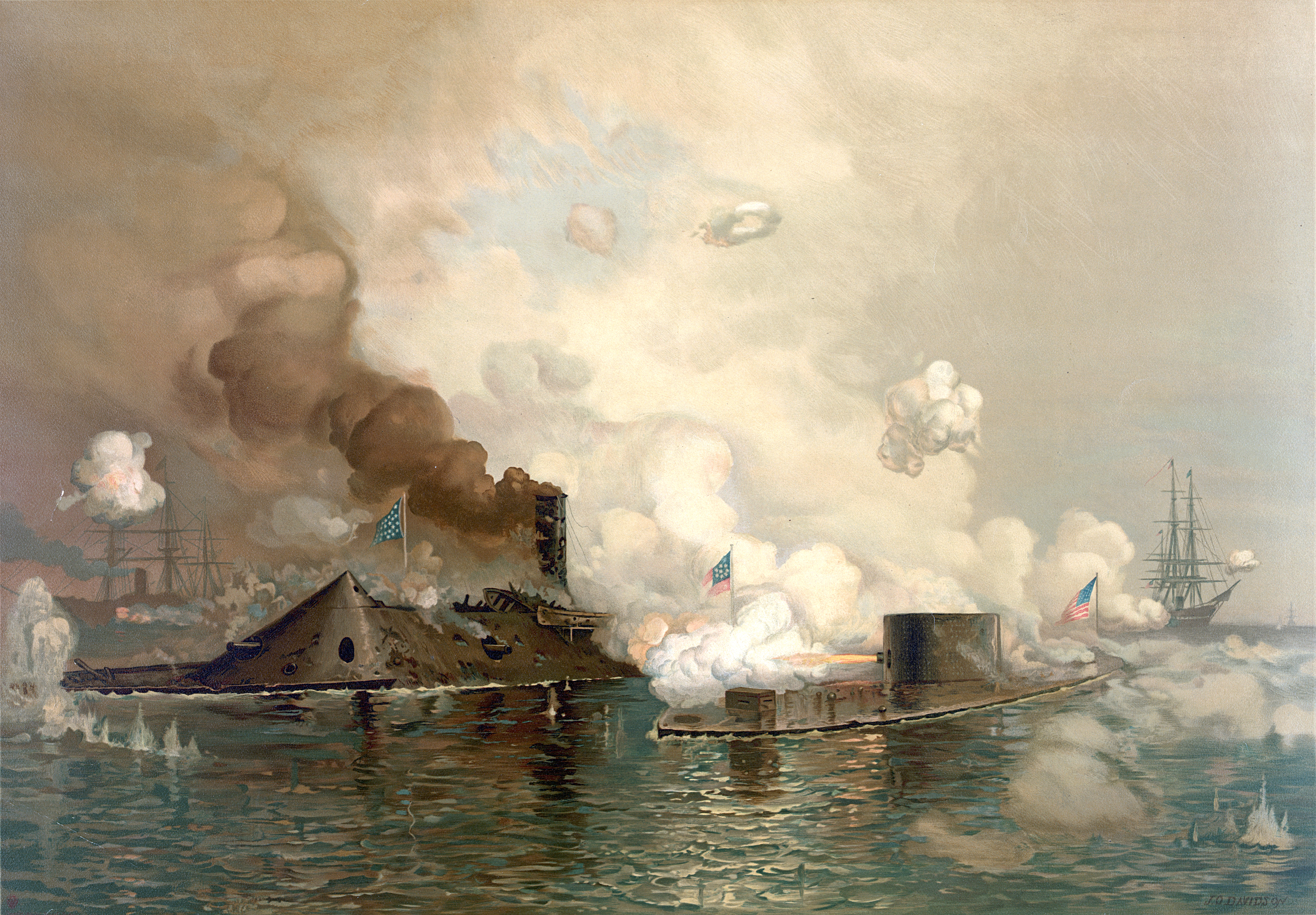|
Industrial Warfare
Industrial warfare is a period in the history of warfare ranging roughly from the early 19th century and the start of the Industrial Revolution to the beginning of the Atomic Age, which saw the rise of nation-states, capable of creating and equipping large armies, navies, and air forces, through the process of industrialization. The era featured mass-conscripted armies, rapid transportation (first on railroads, then by sea and air), telegraph and wireless communications, and the concept of total war. In terms of technology, this era saw the rise of rifled breech-loading infantry weapons capable of high rates of fire, high-velocity breech-loading artillery, chemical weapons, armoured warfare, metal warships, submarines, and aircraft. Total war One of the main features of industrial warfare is the concept of "total war". The term was coined during World War I by Erich Ludendorff (and again in his 1935 book ''Total War''), which called for the complete mobilization ... [...More Info...] [...Related Items...] OR: [Wikipedia] [Google] [Baidu] |
Breech-loading Weapon
A breechloader is a firearm in which the user loads the ammunition from the breech end of the barrel (i.e., from the rearward, open end of the gun's barrel), as opposed to a muzzleloader, in which the user loads the ammunition from the ( muzzle) end of the barrel. The vast majority of modern firearms are generally breech-loaders, while firearms made before the mid-19th century were mostly smoothbore muzzle-loaders. Only a few muzzleloading weapons, such as mortars, rifle grenades, some rocket launchers, such as the Panzerfaust 3 and RPG-7, and the GP series grenade launchers, have remained in common usage in modern military conflicts. However, referring to a weapon explicitly as breech-loading is mostly limited to weapons where the operator loads ammunition by hand (and not by operating a mechanism such as a bolt-action), such as artillery pieces or break-action small arms. Breech-loading provides the advantage of reduced reloading time because it is far quicker to load t ... [...More Info...] [...Related Items...] OR: [Wikipedia] [Google] [Baidu] |
Infrastructure
Infrastructure is the set of facilities and systems that serve a country, city, or other area, and encompasses the services and facilities necessary for its economy, households and firms to function. Infrastructure is composed of public and private physical structures such as roads, railways, bridges, airports, public transit systems, tunnels, water supply, sewers, electrical grids, and telecommunications (including Internet connectivity and broadband access). In general, infrastructure has been defined as "the physical components of interrelated systems providing commodities and services essential to enable, sustain, or enhance societal living conditions" and maintain the surrounding environment. Especially in light of the massive societal transformations needed to mitigate and adapt to climate change, contemporary infrastructure conversations frequently focus on sustainable development and green infrastructure. Acknowledging this importance, the international co ... [...More Info...] [...Related Items...] OR: [Wikipedia] [Google] [Baidu] |
Mechanization
Mechanization (or mechanisation) is the process of changing from working largely or exclusively by hand or with animals to doing that work with machinery. In an early engineering text, a machine is defined as follows: In every fields, mechanization includes the use of hand tools. In modern usage, such as in engineering or economics, mechanization implies machinery more complex than hand tools and would not include simple devices such as an ungeared horse or donkey mill. Devices that cause speed changes or changes to or from reciprocating to rotary motion, using means such as gears, pulleys or line shaft, sheaves and belts, drive shaft, shafts, Cam (mechanism), cams and Crank (mechanism), cranks, usually are considered machines. After electrification, when most small machinery was no longer hand powered, mechanization was synonymous with motorized machines. Extension of mechanization of the production process is termed as automation and it is controlled by a Feedback, closed l ... [...More Info...] [...Related Items...] OR: [Wikipedia] [Google] [Baidu] |
Civilian
A civilian is a person who is not a member of an armed force. It is war crime, illegal under the law of armed conflict to target civilians with military attacks, along with numerous other considerations for civilians during times of war. If a civilian engages in hostilities, they are an unlawful combatant and temporarily lose their protection from attack. It is slightly different from a non-combatant, because some non-combatants are not civilians (for example, people who are not in a military but support war effort or military operations, military chaplains, or military personnel who are serving with a neutral country). Civilians in the territories of a party to an armed conflict are entitled to certain privileges under the customary international law, customary laws of war and Treaty, international treaties such as the Fourth Geneva Convention. The privileges that they enjoy under international law depends on whether the conflict is an internal one (a civil war) or an internationa ... [...More Info...] [...Related Items...] OR: [Wikipedia] [Google] [Baidu] |
War Effort
War effort is a coordinated mobilization of society's resources—both industrial and civilian—towards the support of a military force, particular during a state of war. Depending on the militarization of the culture, the relative size of the armed forces and the society supporting them, the style of government, and the famous support for the military objectives, such war effort can range from a small industry to complete command of society. Although many societies were retroactively perceived to be engaged in a war effort, the concept was not generally used until the last decade of the 18th century, when the leaders of the French Revolution called for the ''levée en masse'' and a general mobilization of society to prevent monarchist forces from reclaiming control of the French government. The concept was subsequently adapted and used by Russia, the United Kingdom, and the United States, especially during World War I and World War II. The term ''war effort'' was c ... [...More Info...] [...Related Items...] OR: [Wikipedia] [Google] [Baidu] |
Erich Ludendorff
Erich Friedrich Wilhelm Ludendorff (; 9 April 1865 – 20 December 1937) was a German general and politician. He achieved fame during World War I (1914–1918) for his central role in the German victories at Battle of Liège, Liège and Battle of Tannenberg, Tannenberg in 1914. After his appointment as Generalquartiermeister, First Quartermaster General of the German General Staff in 1916, Ludendorff became Germany's chief policymaker in a Oberste Heeresleitung, ''de facto'' military dictatorship until the country's defeat in 1918. Later during the years of the Weimar Republic, he took part in the failed 1920 Kapp Putsch and Adolf Hitler's 1923 Beer Hall Putsch, thereby contributing significantly to the Adolf Hitler's rise to power, Nazis' rise to power. Erich Ludendorff came from a non-noble family in Kruszewnia (hence the lack of a "Nobiliary_particle, von" or "Nobiliary_particle, zu" in his name), in the Prussian Province of Posen. After completing his education as a cadet, h ... [...More Info...] [...Related Items...] OR: [Wikipedia] [Google] [Baidu] |
World War I
World War I or the First World War (28 July 1914 – 11 November 1918), also known as the Great War, was a World war, global conflict between two coalitions: the Allies of World War I, Allies (or Entente) and the Central Powers. Fighting took place mainly in European theatre of World War I, Europe and the Middle Eastern theatre of World War I, Middle East, as well as in parts of African theatre of World War I, Africa and the Asian and Pacific theatre of World War I, Asia-Pacific, and in Europe was characterised by trench warfare; the widespread use of Artillery of World War I, artillery, machine guns, and Chemical weapons in World War I, chemical weapons (gas); and the introductions of Tanks in World War I, tanks and Aviation in World War I, aircraft. World War I was one of the List of wars by death toll, deadliest conflicts in history, resulting in an estimated World War I casualties, 10 million military dead and more than 20 million wounded, plus some 10 million civilian de ... [...More Info...] [...Related Items...] OR: [Wikipedia] [Google] [Baidu] |
Aircraft
An aircraft ( aircraft) is a vehicle that is able to flight, fly by gaining support from the Atmosphere of Earth, air. It counters the force of gravity by using either Buoyancy, static lift or the Lift (force), dynamic lift of an airfoil, or, in a few cases, direct Powered lift, downward thrust from its engines. Common examples of aircraft include airplanes, rotorcraft (including helicopters), airships (including blimps), Glider (aircraft), gliders, Powered paragliding, paramotors, and hot air balloons. Part 1 (Definitions and Abbreviations) of Subchapter A of Chapter I of Title 14 of the U. S. Code of Federal Regulations states that aircraft "means a device that is used or intended to be used for flight in the air." The human activity that surrounds aircraft is called ''aviation''. The science of aviation, including designing and building aircraft, is called ''aeronautics.'' Aircrew, Crewed aircraft are flown by an onboard Aircraft pilot, pilot, whereas unmanned aerial vehicles ... [...More Info...] [...Related Items...] OR: [Wikipedia] [Google] [Baidu] |
Submarine
A submarine (often shortened to sub) is a watercraft capable of independent operation underwater. (It differs from a submersible, which has more limited underwater capability.) The term "submarine" is also sometimes used historically or informally to refer to remotely operated vehicles and Autonomous underwater vehicle, robots, or to medium-sized or smaller vessels (such as the midget submarine and the wet sub). Submarines are referred to as ''boats'' rather than ''ships'' regardless of their size. Although experimental submarines had been built earlier, submarine design took off during the 19th century, and submarines were adopted by several navies. They were first used widely during World War I (1914–1918), and are now used in many navy, navies, large and small. Their military uses include: attacking enemy surface ships (merchant and military) or other submarines; aircraft carrier protection; Blockade runner, blockade running; Ballistic missile submarine, nuclear deterrenc ... [...More Info...] [...Related Items...] OR: [Wikipedia] [Google] [Baidu] |
Ironclad Warship
An ironclad was a steam-propelled warship protected by steel or iron armor constructed from 1859 to the early 1890s. The ironclad was developed as a result of the vulnerability of wooden warships to explosive or incendiary shells. The first ironclad battleship, , was launched by the French Navy in November 1859, narrowly preempting the British Royal Navy. However, Britain built the first completely iron-hulled warships. Ironclads were first used in warfare in 1862 during the American Civil War, when they operated against wooden ships, and against each other at the Battle of Hampton Roads in Virginia. Their performance demonstrated that the ironclad had replaced the unarmored ship of the line as the most powerful warship afloat. Ironclad gunboats became very successful in the American Civil War. Ironclads were designed for several uses, including as high-seas battleships, long-range cruisers, and coastal defense ships. Rapid development of warship design in the late 19th ... [...More Info...] [...Related Items...] OR: [Wikipedia] [Google] [Baidu] |
Armoured Warfare
Armoured warfare or armored warfare (American English; American and British English spelling differences#-our, -or, see spelling differences), is the use of armoured fighting vehicles in modern warfare. It is a major component of modern Military science, methods of war. The premise of armored warfare rests on the ability of troops to penetrate conventional Defense (military), defensive lines through use of Maneuver warfare, manoeuvre by armoured units. Much of the application of armoured warfare depends on the use of tanks and related vehicles used by other supporting arms such as infantry fighting vehicles, self-propelled artillery, and other combat vehicles, as well as mounted combat engineers and other support units. The Military doctrine, doctrine of armored warfare was developed to break the static nature of World War I trench warfare on the Western Front (World War I), Western Front, and return to the 19th century school of thought that advocated manoeuvre and Decisive vi ... [...More Info...] [...Related Items...] OR: [Wikipedia] [Google] [Baidu] |









